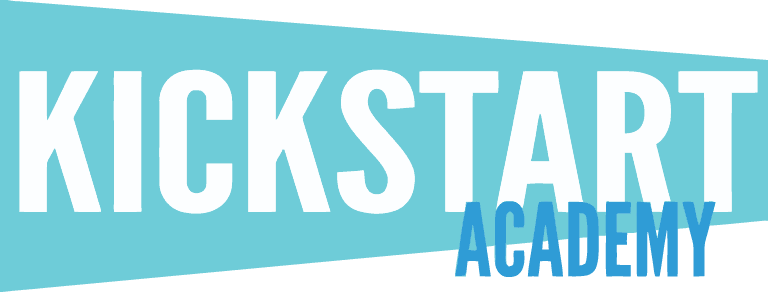Knowledge
- Use of retrieval practice of topics taught using a combination of short-term and longer-term memory (lesson visuals, and ‘Do Now’ activities etc.)
- Reducing cognitive overload when introducing new topics by chunking information down, modelling new concepts (‘I Do / We Do / You Do’ etc.) and using regular low-stakes assessment to check new learning.
- Developing subject knowledge of teachers regularly through CPD.
Students are given ‘Do Now’ activities on a lesson-by-lesson basis that incorporate retrieval practise and demonstrate the sequence of learning within the curriculum. Lesson visuals are also incorporated so students are aware of short-term and long-term retrieval practise throughout the lesson. The scheme of work is designed to encourage scaffolding through the curriculum, so students understand their learning journey.
Our reading strategy is designed to broaden student knowledge and increase cultural capital. Students are encouraged to engage with a variety of fiction and non-fiction throughout the school day as well as narrative and transactional texts. Staff CPD is also delivered to ensure effective implementation of the reading strategy across the curriculum and further students’ comprehension and vocabulary.
Explanation and Practice
- Teacher-led explanations are clear and concise.
- Information is provided in a student-friendly way that is accessible by all.
- Information is chunked when necessary.
- Guided and independent practice is embedded within lessons using clear success criteria.
Teachers explain the various styles of literary communication across a carefully sequenced series of lessons. Students are regularly given low-stakes assessment so that misconceptions can be addressed, and information chunked where necessary.
Students have extended writing practise on a weekly basis using clear success criteria. This provides students to hone their grammatical skills and make use of the new knowledge they have been taught. Students are actively encouraged to write explanations in detail in a variety of styles.
Modelling and Scaffolding
- New concepts, tasks, and knowledge are modelled first with differentiated scaffoldings provided where required to help build students’ confidence.
- A variety of models (worked examples, live modelling etc.) are shared with students to enhance their understanding.
- Scaffolding is withdrawn when teachers have assessed that students are ready.
Teachers follow the I Do / We Do/ You Do modelling strategy to help deliver new knowledge. Teachers use numerous methods including live paragraph writing and model answers to demonstrate how to construct written work. Teachers also model reading skills and styles to demonstrate the different forms and formats required for effective speaking and listening.
Classroom resources, such as sentence starters, are given on a student-by-student basis based on teacher assessment. Teachers use their marking and assessment to scale down the scaffolding provided so that students can close knowledge gaps.
Questioning
- Targeted questions are used to gain live feedback from students in the lesson.
- A variety of questioning methods are used (cold calling, show-me boards etc.)
- Questioning is used to allow students to deepen their understanding through subject-specific terminology and academic dialogue.
Teachers use assessment to plan for differentiated questioning and a primary approach of hands-down questions to ensure pupil engagement with appropriate stretching and challenging. teachers encourage students to build on their own, and each other’s, ideas to help deepen understanding and develop healthy relationships and communication skills.
Teachers will also use live marking to incorporate questions into students’ written work, so they are encouraged to deepen their knowledge and understanding on a continuous basis.
Feedback
- Feedback includes a combination of live questioning within the classroom and more deeply marked pieces of work.
- Feedback is personalised (Pink for Think, live marking etc.) to allow students to progress with their individual learning.
- Feedback is given in a positive, encouraging, and constructive way (WWW and EBI etc.)
- Students are actively encouraged to engage with feedback (DIRT, Purple for Progress etc.) to address learning gaps.
Students have extended writing opportunities on a weekly basis. This is then followed by deep marking and DIRT sessions with pink for Think activities to help students engage with feedback and follow the next steps for progression. Students are actively encouraged to reflect on their own work and use model answers to facilitate this.
Students have a series of three targets for reading, writing, and speaking and listening. ‘Do Now’ activities are differentiated on a weekly basis using teacher-assessed work to encourage students to work on knowledge gaps and build on these targets. Teachers will reference these targets through lessons, incorporating it into verbal feedback, to ensure students remain cognitively aware of their progression steps.
Behaviour and Relationships
- Teachers create environments in which all students feel safe.
- Positive and professional relationships are established though clear roles, routines, expectations, and boundaries.
- Routines and behaviours are rehearsed and positively modelled by staff.
- Differentiated behaviour management strategies are applied to help challenge and correct student behaviour.
Teachers follow the I Do / We Do/ You Do modelling strategy to help deliver new knowledge. Teachers use numerous methods including live paragraph writing and model answers to demonstrate how to construct written work. Teachers also model different reading and speaking skills and styles to demonstrate the different forms and formats required for effective communication.
Differentiated classroom resources, such as sentence starters, are given on a student-by-student basis based on teacher assessment. Teachers use their marking and assessment to scale down the scaffolding provided so that students can close knowledge gaps.
